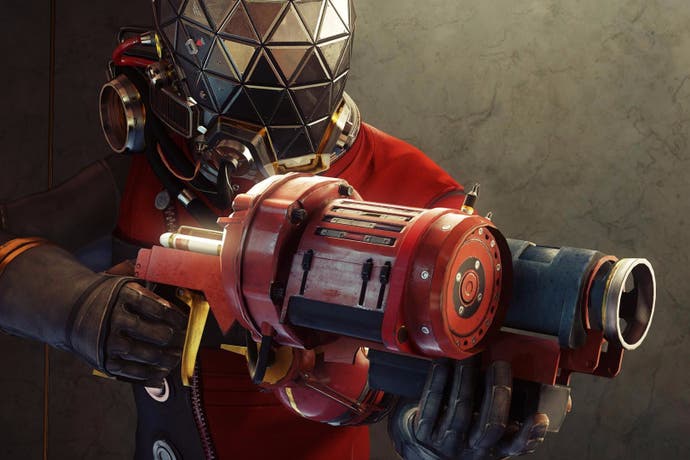Prey is a love letter to the PC gamer
Digital Foundry finds a radically improved PC experience compared to PS4 and Xbox One.
The die has been cast for the current generation of gaming - multi-platform games are built from the ground up with consoles in mind, with only limited gains when ported over to PC: higher frame-rates, larger resolutions and perhaps a 4K texture pack. But having spent a few days looking at the console and PC versions of Arkane Austin's Prey, one thing is clear - this title bucks the trend. The evidence strongly suggests that PC may well be the lead platform here, and the improvements are dramatic. For the full-fat Prey experience, PC is the only way to play.
Even core elements of the game's design seem to be built around the kind of high frame-rate experience that the consoles do not deliver. Key combat beats - battling the Mimics, specifically - are built around a twitch shooter mechanic that works best at 60fps or higher, and feels better still with mouse and keyboard. In terms of UI, Arkane offers PC users an enhanced interface which takes advantage of the classic keyboard/mouse combo. In addition, Prey offers native support for the Steam controller which works brilliantly here.
Then there's the level of optimisation built into the PC version. As we discussed earlier this week, the ability to hit 1080p60 gameplay at decent settings on a budget-orientated gaming PC ensures that the feel of the game can remain a class above, even if you're using relatively meagre components. The higher frame-rate ensures a crisper response than the Xbox One version, and it feels dramatically better in every way to the PlayStation 4 game, which can feel laggy and lumpen by comparison. That was an issue we highlighted in our initial Prey demo report, and while Arkane has tweaked deadzones, the Sony platform's rendition of the game clearly needs further work.
The PC version also offers a more user-friendly experience all-round. With Prey installed to an SSD or even a slower mechanical drive, loading times are a mere fraction of what you get on consoles. Loading a new level on PC requires very little time - and this is important as the design of the game focuses on a large interconnected space station. You will be going back and forth between areas often and the rapid loading times on PC help make for a more pleasant experience all around. With loading times often crossing the one minute mark on consoles, this is significant.
The core Prey gameplay and content is still all present and correct on the consoles, of course, but one thing we would like to stress is that although the demo offers plenty of content and a good overview of the title's technological credentials, the full game simply takes things to the next level. It really is a great game, but there is the sense that the consoles are being sold short somewhat. Despite the retail packaging suggesting that PS4 Pro support is included, we could find no improvements whatsoever. The resolution remains identical, frame-rate is still locked to 30fps and even the lacklustre texture filtering is the same.
The PC version benefits tremendously from higher pixel counts, better anti-aliasing and improved visuals so the fact that none of these pre-existing effects were rolled out for Pro owners is tremendously disappointing, and it's surprising that Sony would allow for a high-profile title to hit the market place touting support for the enhanced hardware when practically, there is none.
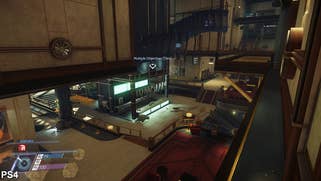





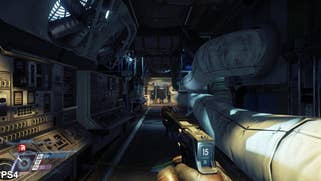
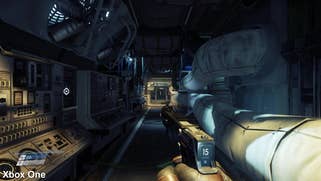



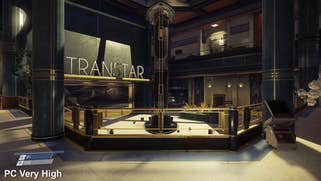
Technologically, little has improved from the demo - aside from tweaks to PS4's controller set-up - but thankfully the intrusive audio stings even on the most basic, mundane combat have been dialled back. PlayStation 4 still renders at 1080p, while Xbox One targets 900p instead. Performance at 30fps is stable, though we highly recommend users of Microsoft's platform to use the internal hard drive.
We encountered some crippling slowdown with the game installed to an almost-full external drive, with stuttering still evident even when copied across to freshly formatted storage. Stick with the Xbox's own HDD and you should be fine, but regardless, this is an odd situation - we had no problems at all with the demo running on the same storage.
As things stand, Prey represents one of the smoothest CryEngine experiences you can have on consoles by quite a wide margin, but to achieve this enviable consistency in performance, Arkane has disabled a number of visual effects that only PC owners get to enjoy. Screen-space reflection is a big one - this adds a lot of depth to the world but surprisingly, the feature is completely absent on consoles, where only cubemaps are utilised.
On PC, you can enable full or half resolution reflections but the full resolution option doesn't always seem to work without toggling between off and full at each launch of the game. Then we have screen space directional occlusion used to handle contact shadows. It looks great but can prove expensive on less capable hardware. Experimenting with these two options can significantly improve frame-rate if you're running on older or entry-level GPUs.
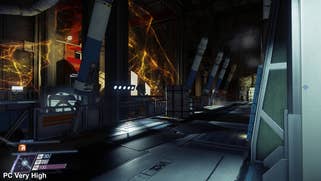
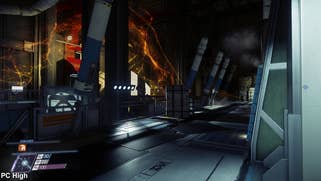



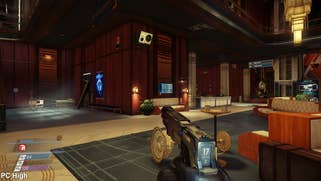

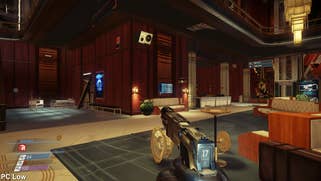
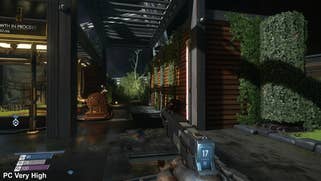
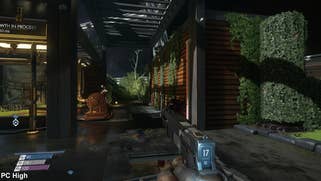

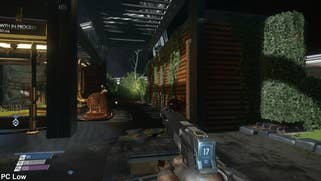

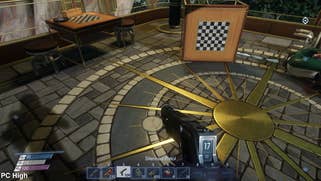
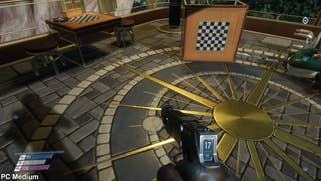
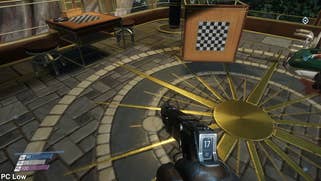
The PC's shadow quality setting determines both the clarity of the shadows themselves and the distance at which they appear. Console draw distance is comparable to the PC high setting but the actual rendering quality is reduced below this. The object setting appears to handle key LODs, pushing detail - and indeed lighting - further out into the distance. The consoles settle on an equivalent to PC's high setting, but moving to very high adds further depth to the scene, particularly in larger environments. Naturally, the PC version also has superior anti-aliasing options too (consoles have a unique solution, close-ish to PC's SMAA 1Tx) but none of the AA techniques on offer can cope with the significant specular aliasing present throughout the game.
Ultimately, unless you're running lower end hardware, you shouldn't need to adjust many of these settings as even a modest PC can enjoy Prey at 60fps - CPU utilisation isn't an issue, and there's scalability across a range of PC components. However, you will need 4GB of VRAM to run on console-equivalent high settings, and more to invoke the very high preset on higher resolutions. But the bottom line is that even if your hardware only allows for a console-equivalent visual experience, the headroom is there for much higher frame-rates, load times are lower and controller latency is much improved. If you have the option, play this game on the PC.
And play it you should. Although our focus is mostly on the technological side, we can't help but weigh in on the quality of this one from a gameplay perspective. Prey is a spiritual successor to System Shock 2 through and through. It's an exceptionally well designed game that feels like a love letter to classic PC gaming. Indeed, Prey is a unique case where the PC version offers an experience so much more refined than the consoles that it harkens back to an era where PC versions of the same title felt very different - and often, much better.
In many ways, Prey feels as if it were designed first and foremost as a PC game then ported downwards onto consoles. Very few studios pursue this strategy in today's console-first era, and for that reason, we urge you to check out the PC release if you have the opportunity. It really is tremendous.
